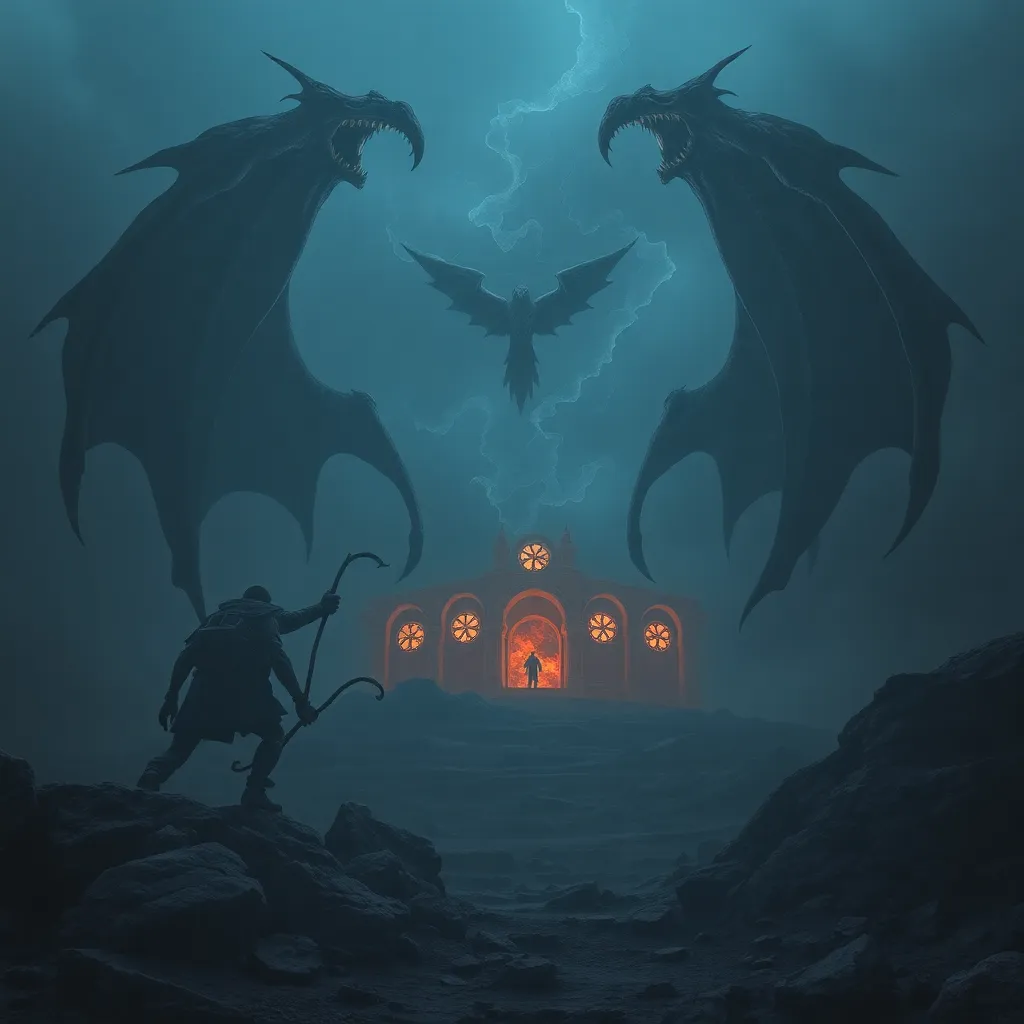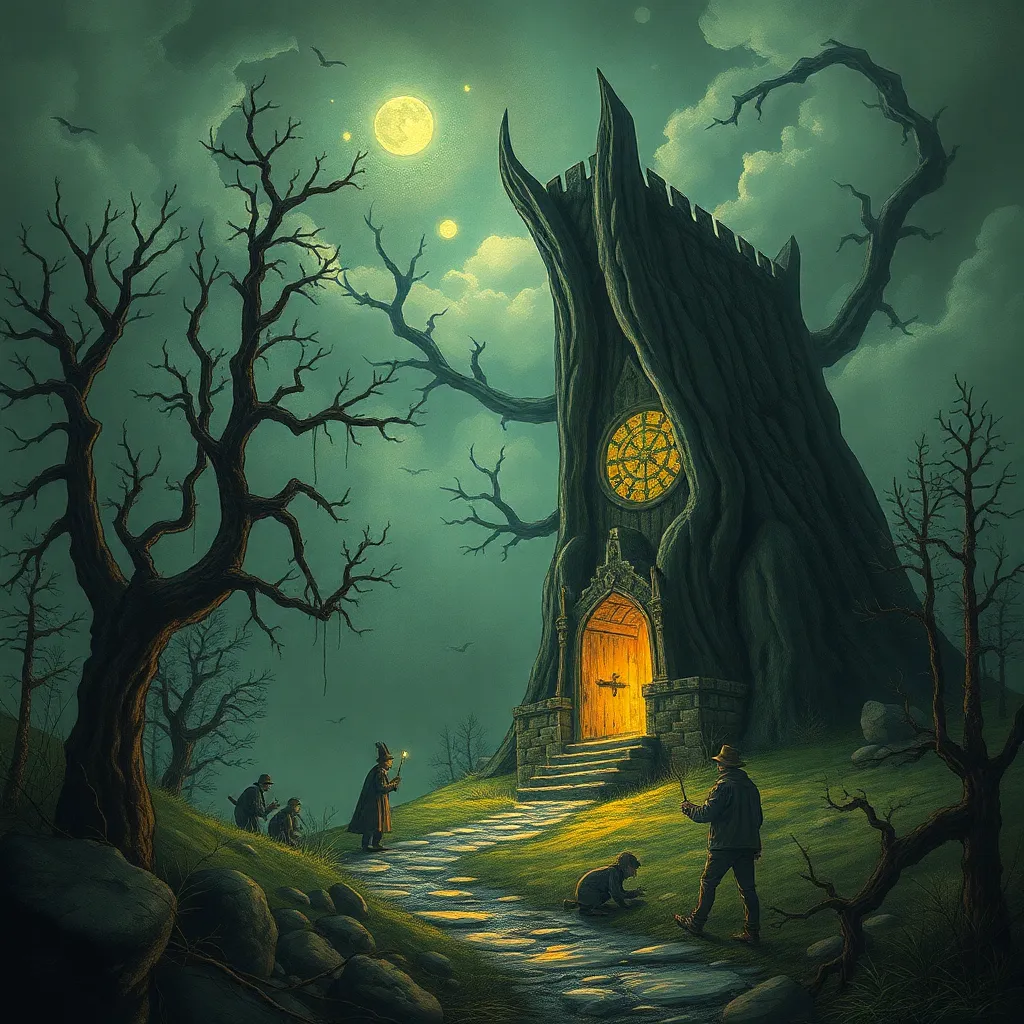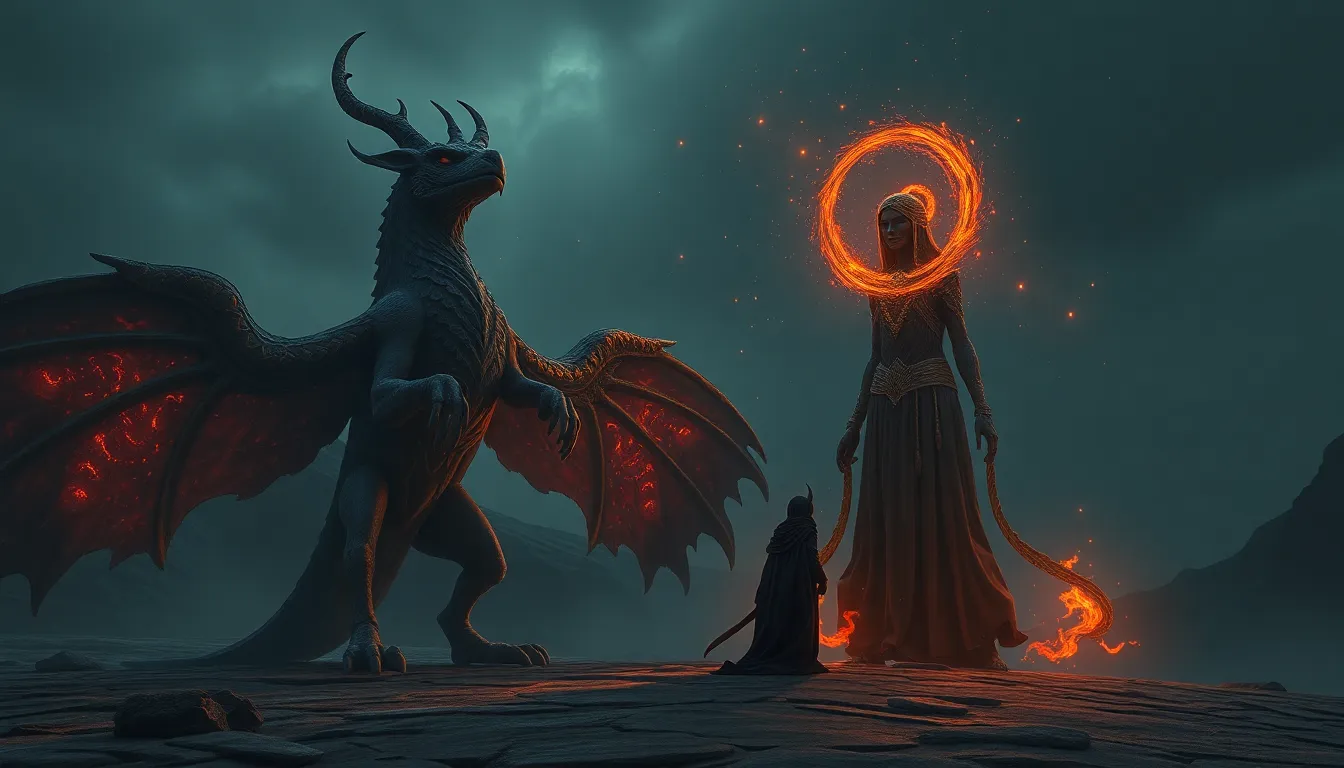The Baku and the Fear of Nightmares: Analyzing the Myth’s Origins in Human Psychology
I. Introduction
The Baku is a fascinating creature from Japanese mythology, often depicted as a dream-eating beast that consumes nightmares and provides solace to those troubled by fearful dreams. This myth speaks to a universal human experience—our struggle with nightmares, which can profoundly affect mental health and emotional well-being. In this article, we will delve into the origins of the Baku myth, explore the psychological implications of nightmares, and analyze how this ancient symbol continues to resonate in contemporary society.
II. The Baku: A Cultural Overview
A. Historical roots of the Baku myth
The Baku’s origins can be traced back to Chinese folklore, where it was known as the “Baku” and believed to be a creature that could devour dreams. This myth eventually made its way to Japan, where it was integrated into local culture and adapted into various forms of art and literature.
B. Geographic and cultural variations of the Baku
While the Baku is primarily associated with Japan, similar dream-eating creatures exist in other cultures:
- China: The Baku is associated with the “Mo” or “Mo-zhu,” a mythical creature that also consumes nightmares.
- South America: The “Tzitzimitl” is a fearsome entity that may represent a similar function in dream interpretation.
- Western cultures: Figures like the “Boogeyman” embody the personification of fear and nightmares.
C. Symbolism associated with the Baku in folklore
In folklore, the Baku symbolizes protection, hope, and the ability to confront one’s fears. Its role as a guardian against nightmares highlights the significance of dreams in human experience, as well as the innate desire for safety and reassurance in the face of fear.
III. Understanding Nightmares: Psychological Perspectives
A. Definition and types of nightmares
Nightmares are distressing dreams that evoke feelings of fear, anxiety, or sadness. They often occur during the REM (Rapid Eye Movement) stage of sleep and can vary in intensity and content. Common types of nightmares include:
- Recurrent nightmares: Repeated dreams featuring similar themes or storylines.
- Trauma-related nightmares: Dreams that relate closely to past traumatic events.
- Lucid nightmares: Nightmares where the dreamer is aware they are dreaming but feels unable to escape.
B. The role of nightmares in human psychology
Nightmares serve various psychological functions. They can act as a means for the mind to process unresolved fears or traumas. The experience of a nightmare can lead to increased anxiety and fear surrounding sleep, creating a cycle that can affect mental health.
C. Common triggers and causes of nightmares
Several factors can trigger nightmares, including:
- Stress and anxiety
- Trauma or PTSD
- Substance abuse
- Medications
- Sleep disorders
IV. The Baku as a Psychological Entity
A. The Baku’s role as a guardian against nightmares
In the context of the Baku myth, this creature serves as a guardian that offers protection against the terrors of the night. By consuming nightmares, the Baku alleviates fear and promotes restful sleep, acting as a metaphor for psychological resilience.
B. Analogy between the Baku and psychological coping mechanisms
The Baku can be likened to various coping mechanisms that individuals employ to deal with fear:
- Confrontation: Actively facing fears, similar to how the Baku confronts nightmares.
- Distraction: Engaging in activities that divert attention from anxieties.
- Therapeutic interventions: Professional help that guides individuals through their fears and traumas.
C. The Baku in the context of dream analysis
In dream analysis, the Baku can symbolize the integration of frightening experiences into conscious understanding. By acknowledging the existence of nightmares and addressing them, individuals can achieve greater mental clarity and emotional balance.
V. The Fear of Nightmares: Evolutionary and Cultural Implications
A. The evolutionary basis for the fear of nightmares
The fear of nightmares may have evolutionary roots, serving as a mechanism to alert individuals to potential dangers. Nightmares may have historically prepared humans to respond to threats, enhancing survival instincts.
B. Cultural interpretations of nightmares across societies
Culturally, nightmares have been interpreted in various ways, often seen as omens or messages from the divine. Different societies have developed unique narratives surrounding nightmares that reflect their values and beliefs.
C. The impact of cultural narratives on personal fear of nightmares
Personal experiences with nightmares can be shaped by cultural narratives. For instance, individuals from cultures that view nightmares as a normal part of life may cope differently than those who perceive them as malevolent forces.
VI. The Baku in Modern Context
A. The Baku’s influence on contemporary literature and media
In modern literature and media, the Baku has inspired various interpretations, from children’s stories to horror films, reflecting humanity’s enduring fascination with nightmares and the creatures that combat them.
B. Psychological therapy and the integration of mythological symbols
Therapists often incorporate mythological symbols like the Baku in sessions to help clients articulate fears and anxieties. This practice can facilitate discussions about personal nightmares and coping strategies.
C. The relevance of the Baku in modern discussions of mental health
As mental health continues to gain prominence, the Baku represents a cultural tool that can help individuals navigate their nightmares and fears. It serves as a reminder of the importance of addressing mental wellness and the value of seeking help.
VII. Bridging Myth and Psychology
A. How myths like the Baku help in understanding human fears
Myths such as the Baku provide valuable insights into human fears and anxieties. They offer a framework for understanding the complexities of the human psyche and the ways in which we cope with our fears.
B. The therapeutic potential of mythological narratives
Engaging with mythological narratives can foster healing and self-discovery. By identifying with figures like the Baku, individuals can explore their fears in a safe and structured manner.
C. Lessons from the Baku for managing nightmares and fears
The Baku teaches us that confronting fears is essential. By acknowledging our nightmares, we can transform them into sources of strength and resilience.
VIII. Conclusion
A. Recap of key points discussed
This article has explored the Baku myth, the psychological underpinnings of nightmares, and the relevance of these themes in contemporary society. We have seen how the Baku serves as both a cultural symbol and a psychological entity that helps individuals confront their fears.
B. The enduring significance of the Baku in contemporary society
As we continue to navigate the complexities of mental health, the Baku remains a significant figure, embodying hope and protection against the fears that plague us.
C. Final thoughts on the intersection of myth, psychology, and fear
Ultimately, the Baku symbolizes the human journey of confronting and overcoming fear. By embracing both our nightmares and the symbols that help us understand them, we can foster resilience and find peace in our lives.



